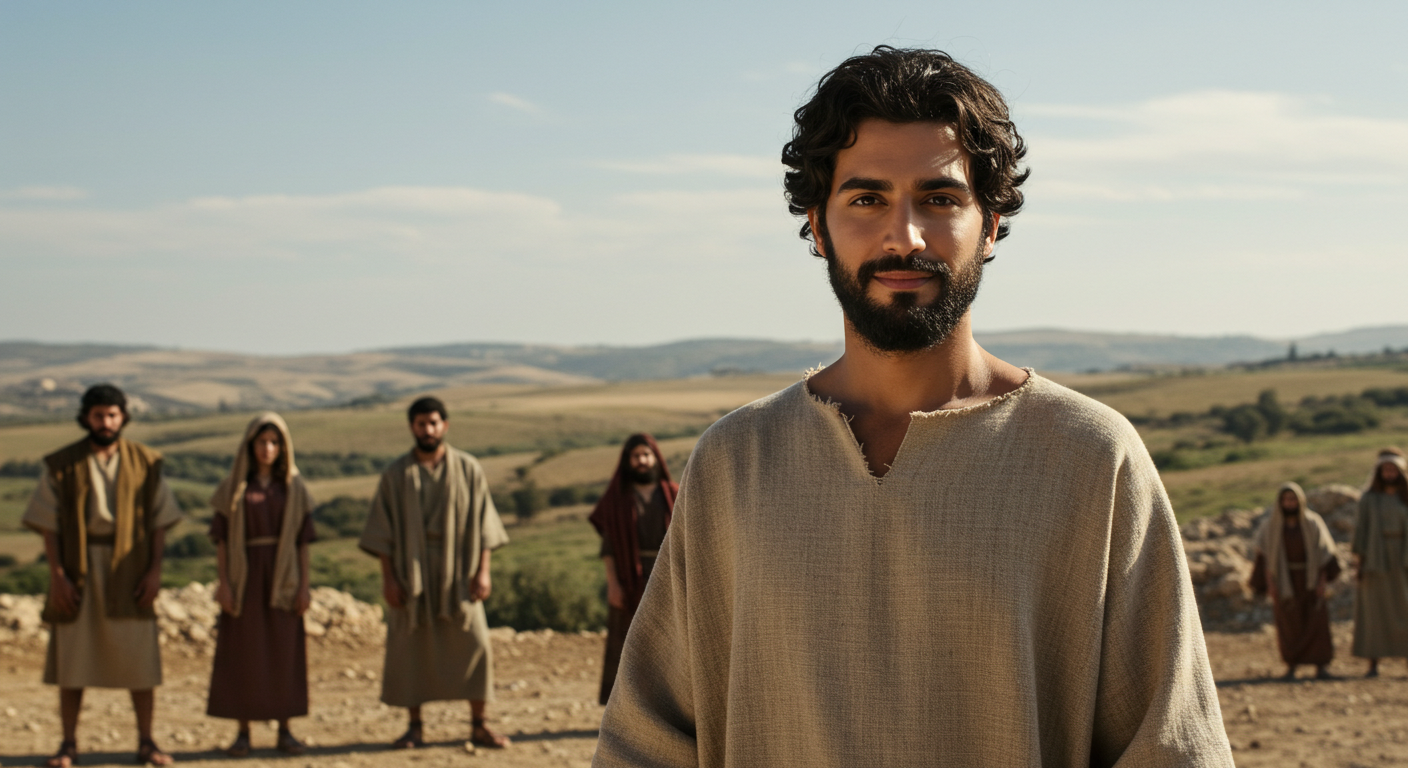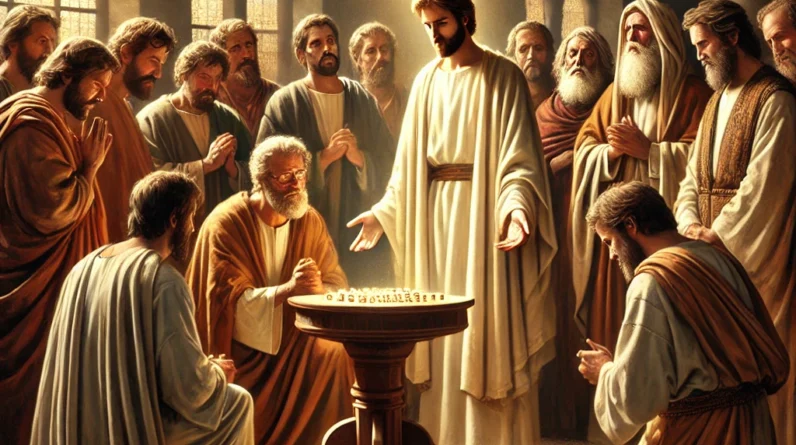Discover the intriguing life of Philip, an often overshadowed disciple of Christ. Unveil his quiet strength, contributions, and faith lessons. Read more now!
Exploring the Life and Lessons from Philip: A Disciple of Christ
Have you ever pondered the life of Philip, an often overshadowed but deeply intriguing disciple of Christ? Despite not being as prominently featured as some of his fellow apostles, Philip has a unique story woven into the fabric of Jesus’ ministry. In this narrative, we’ll delve into his life, his role among the Twelve, the key moments that defined his journey, and the legacy he left behind. From his call to discipleship to his contributions to the early Church, we aim to reveal the layers of his character and offer insights into the spiritual lessons we can draw from his journey.
Who Was Philip?
Philip, a rather unassuming name, holds profound meaning in the context of biblical times. Derived from the Greek, it translates to “lover of horses.” Unlike Simon Peter or Judas son of James, Philip is not encumbered with alternate names in the biblical texts. His background paints the picture of a man from Bethsaida, a town noted for its fishing industry, and it is here that he first encountered the teachings of Jesus. Prior to his calling, Philip was likely engaged in the local trade, living a life that was, until then, seemingly unremarkable.
The inaugural mention of Philip in the Bible is in the Gospel of John. It’s a brief introduction but significant enough to set the stage for his eventual role as a disciple.
Calling to Discipleship
Philip’s journey to discipleship began in a manner distinctly immersive. According to the Gospel of John, Jesus personally sought out Philip, delivering a simple yet profound invitation: “Follow me.” The immediacy of Philip’s response is noteworthy. There are no mentions of hesitation or familial obligations delaying his decision. Instead, he embraced his new path with an apparent eagerness and resolve.
Importantly, Philip was not part of the so-called inner circle of Peter, James, and John. This does not, however, diminish his contributions. Instead, it underscores the diversity and varying roles within the group. Each disciple brought unique gifts and perspectives, with Philip’s quiet steadfastness making an indelible impression.
Notable Events and Actions
Philip’s presence is sprinkled throughout several key biblical events, highlighting both his strengths and weaknesses. In the feeding of the 5,000, it was Philip who Jesus queried about obtaining bread for the crowd. His reaction showcased a practical, perhaps overly analytical, mindset—he calculated the cost involved rather than immediately considering Jesus’ miraculous capabilities. Yet, such responses emphasize his human struggle, a relatable aspect for many of us.
Another significant episode is during the Last Supper when Philip asked Jesus to show them the Father. His request revealed a desire for deeper understanding and connection, underscoring the earnestness of his faith journey.

Their Role in the Early Church
After Jesus’ resurrection, the disciples’ stories diverge into narratives of adventure and ministry, Philip being no exception. While the Bible doesn’t chronic directly his evangelistic journeys in detail, church tradition credits him with spreading the Gospel far and wide, notably in territories such as Greece, Phrygia, and even parts of Asia Minor.
Philip’s contributions to the early Church, though not documented with the same flourish as some apostles, are reflected in the vitality of these regions in the Christian faith. It’s a testament to the broader impact of his ministry efforts, inspiring believers to venture beyond familiar confines to share the teachings of Christ.
How Did Philip Die?
The end of Philip’s earthly life is enveloped in varying accounts, with no complete biblical reference. Tradition often narrates his martyrdom as a painful testimony to his unwavering faith. Historical sources suggest he may have been crucified, reflecting the severe trials faced by early Christians in their spread of the Gospel.
The significance of Philip’s death resides not just in its manner but in its encapsulation of steadfast belief. His story serves as a monumental reminder of the sacrifices made by the first followers of Christ to ensure the faith’s survival and expansion against formidable odds.
Lessons We Can Learn from Philip
Philip’s life offers a striking mosaic of lessons that resonate with modern-day Christians. His initial practicality and eventual deepening faith highlight the necessity of cultivating belief amidst doubt. The progression from understanding to trust echoes a transformative spiritual journey each believer can relate to. Moreover, Philip’s commitment underscores the importance of steadfastness in faith, even when one’s role might seem minimal compared to others.
For us today, the impact of Philip’s life is less about grand gestures and more about the strength found in quiet faithfulness. His story encourages us to look beyond immediate calculations and to trust in divine possibilities, reinforcing that every believer’s contribution is invaluable, no matter the scale.
Conclusion
Philip’s narrative weaves through the broader tapestry of the New Testament like a subtle but powerful thread. His life and contributions remind us that faith isn’t always about being at the forefront. Instead, it’s about fulfilling the personal calling with passion and perseverance. As you reflect on Philip’s journey, consider how his quiet strength and deepening faith might inspire your path. Could you, like Philip, embrace such steadfast conviction in the face of uncertainty?
Acknowledgment: All Bible verses referenced in this article were accessed via Bible Gateway (or Bible Hub).







